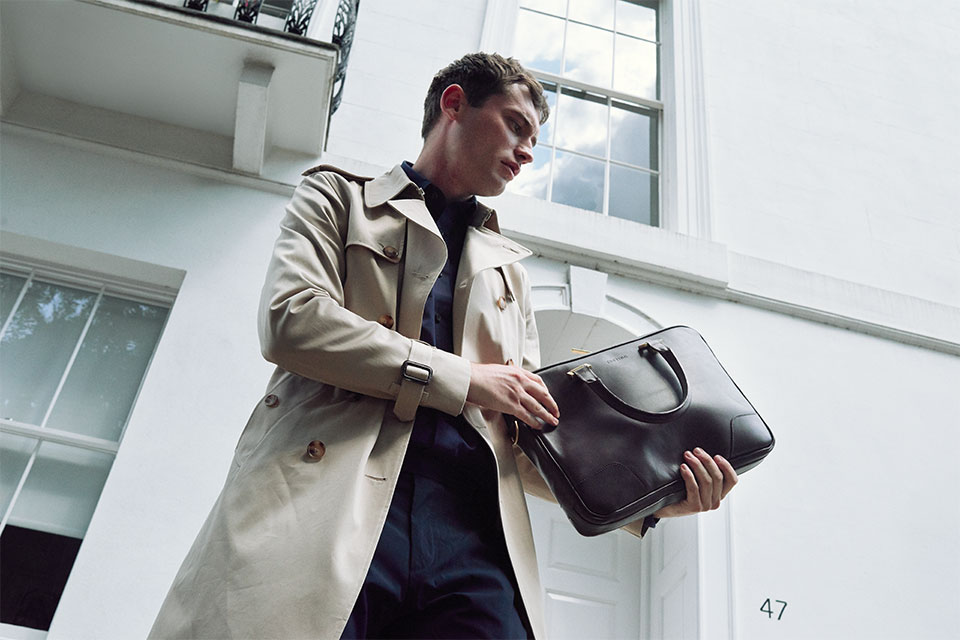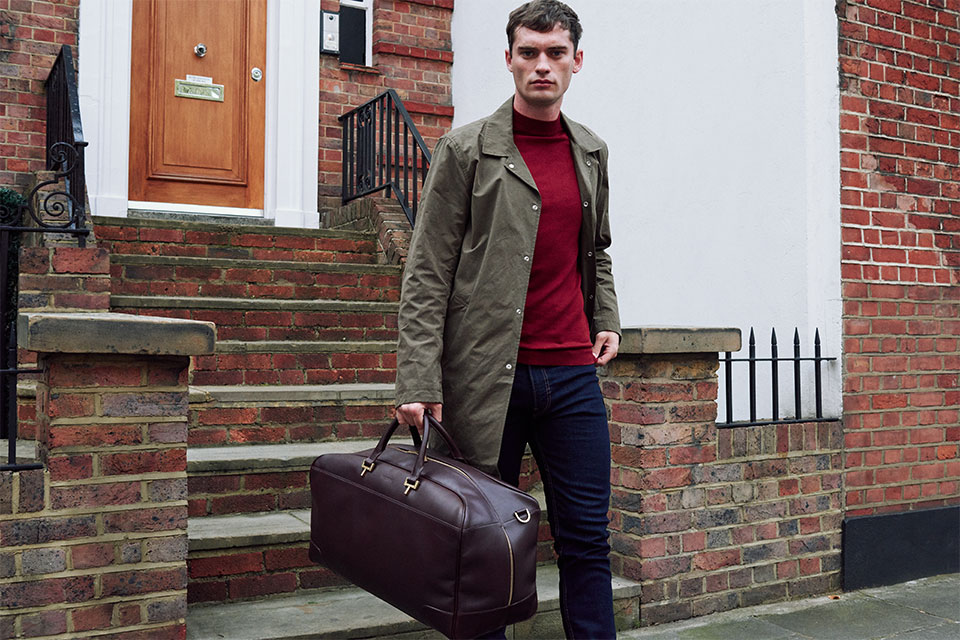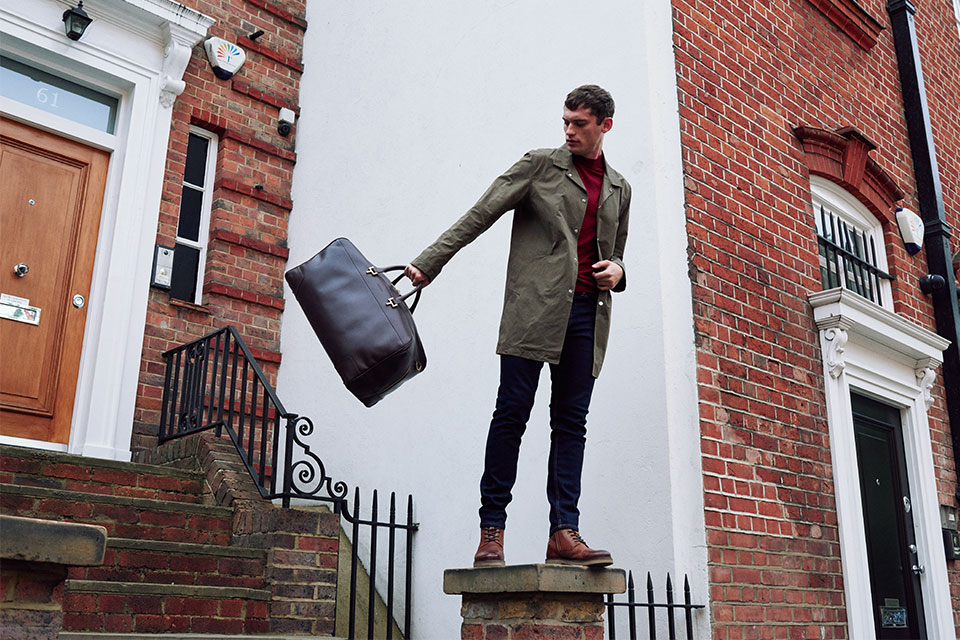Tusting - the cat's out of the bag
This family-run leather goods maker you've never heard of is putting British heritage on the map all over the world. It's time we let you into the secret...

Nestled in the postcard-perfect village of Lavendon, sandwiched between Buckinghamshire, Northamptonshire and Bedfordshire, is leather goods maker Tusting. You may have never heard of Tusting, a family run business who first opened a tannery in this delightful corner of England in 1875, but you have almost certainly owned a Tusting creation. For a long time, Tusting has been supplying hides and leather goods to some of the most recognisable names in shoemaking and fashion, such is their expertise, passed down through five generations of custodians. You'll have had Tusting leather on your feet and Tusting leather in your hand, only by a different name.
Now, however, Tusting's own creations - the one's that bear their name - are becoming increasingly known as some of the most outstanding bags and small leather goods on the market. Before, it was a case of "If you know, you know", but alas we can't keep this company a secret any longer. With a huge fan base in Japan, where their customers are sticklers for artisanal quality of the highest level, the brand is becoming increasingly acknowledged for its quintessentially British designs, blessed with equal parts form and function. Amazingly, Tusting exports about 60% of its products, mostly to Japan and China or via its private label clients, which shows you just how under-appreciated this British heritage brand is on its own shores.
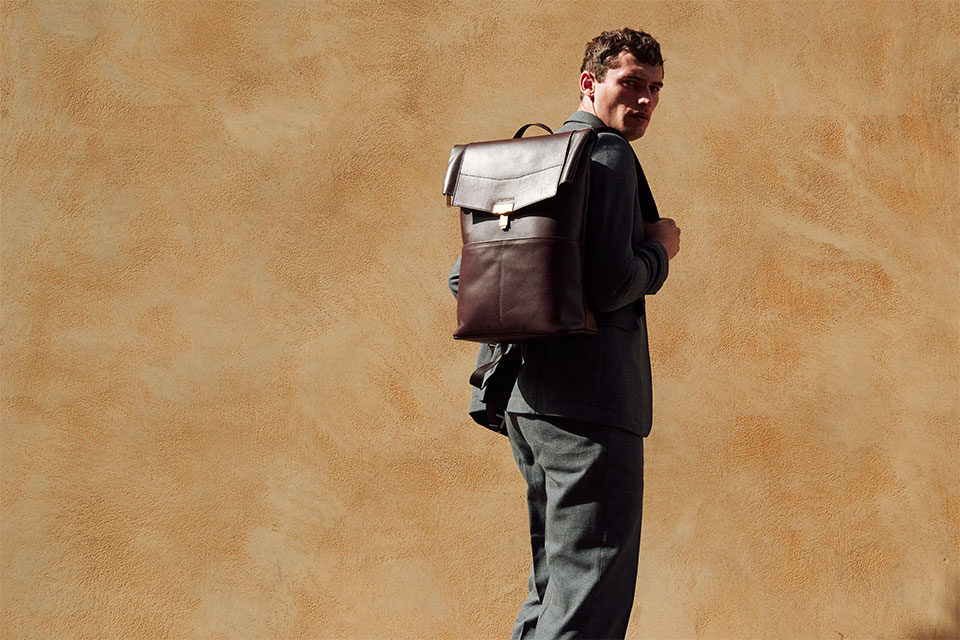

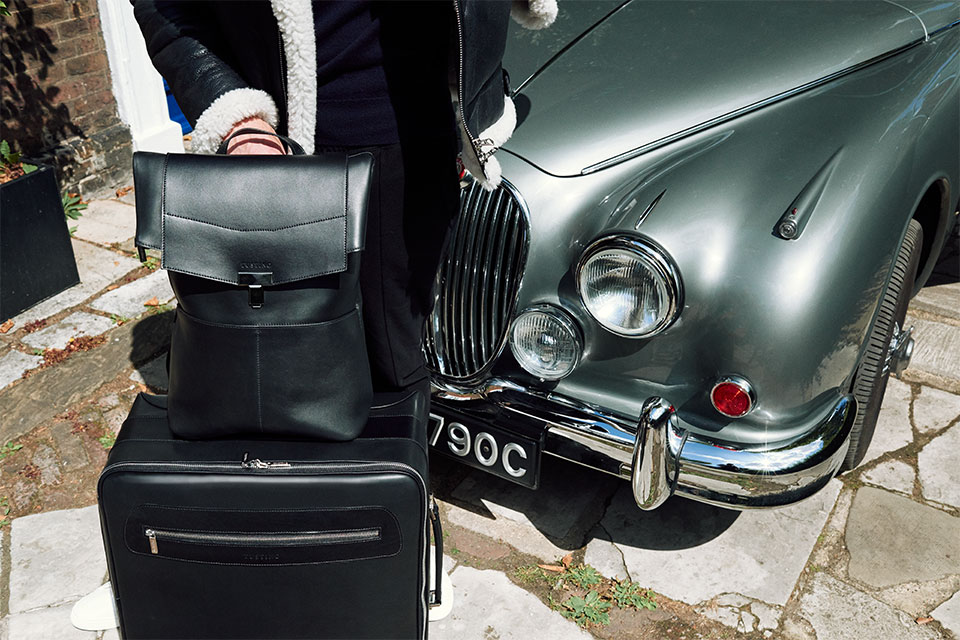
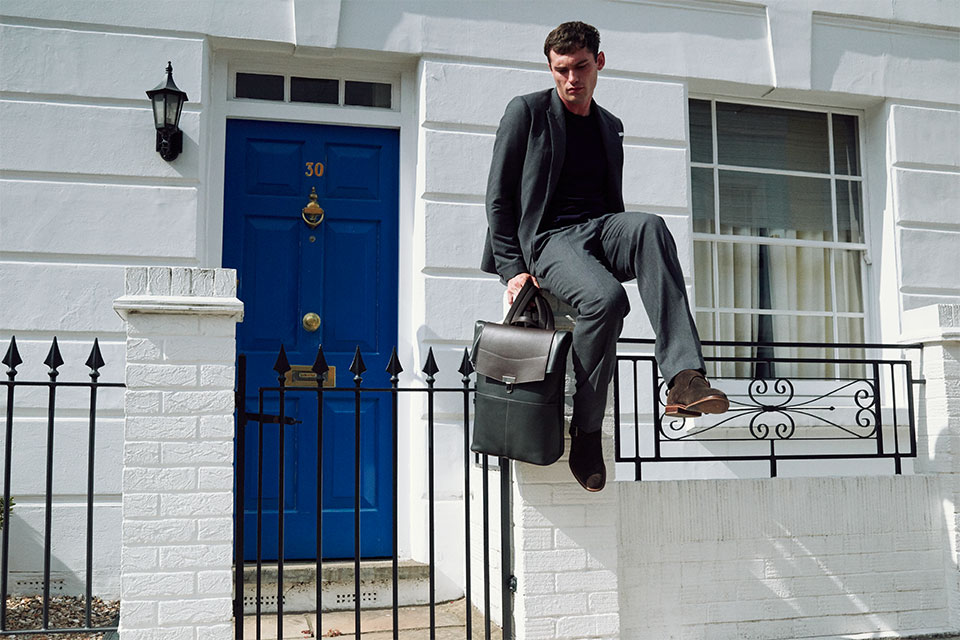

Founded in 1875 by Alistair’s great-great grandfather as a tannery in the nearby village of Harrold, Tusting became one of the chief suppliers of hides to the nearby shoe industry in Northampton (and is to this day). The firm’s founder Charles Pettit (his daughter married a merchant John Tusting) saw an opportunity in the burgeoning shoe trade and began sourcing part-tanned ‘crust’ leather from Indian tanneries and finishing it to the exact requirements of the shoemakers. But with seismic changes in the tanning industry globally, the tannery shut its doors in the 80s, allowing the family to focus on its leather manufacture.
Visiting the factory earlier this year was a charming experience for any number of reasons. I was met by director Alistair Tusting and his wife Gillian, who are both inspiring and charming in equal measure. As they took me around the busy factory, the passion with which they described each of the many processes was ripe full of that unique type of contagious enthusiasm. It was a delight to feel the bags for myself, having been told by a number of industry friends just how good they were (they were not wrong). Of course, they create different styles in different leathers, but I was blown away by some of the heavy wax styles which age magnificently.
Down on the factory floor, an array of machinery is manned by a very local workforce, some of whom have been with the company for over 20 years. At the entrance, one is greeted with a huge wall of graded leathers, roll upon colourful roll stacked high and wide. Every single piece of leather, be it for a bag or wallet or laptop case, is cut by hand by locally made knives. Once the panels have been cut, the pieces with visible edges are stained and sealed before 'splitting', which is simply the process of making the leather a uniform thickness. Teams of two then bench and flat-bed the panels, which is essentially creating the shapes for the leather before they are sewn together on large flat-bed sewing machines. Once the finishing has been completed, the item is ready for a final once over, but given that QC happens at every single stage, any defects are highly unlikely.
Naturally, we're thrilled to be able to bring you a brand we completely champion from an artisanal craft point of view but also from a sustainability point of view. Leather-working is not the cleanest of industries but Tusting have taken steps to make the entire process as environmentally friendly and ethical as possible. Get behind British heritage - you won't be disappointed.
